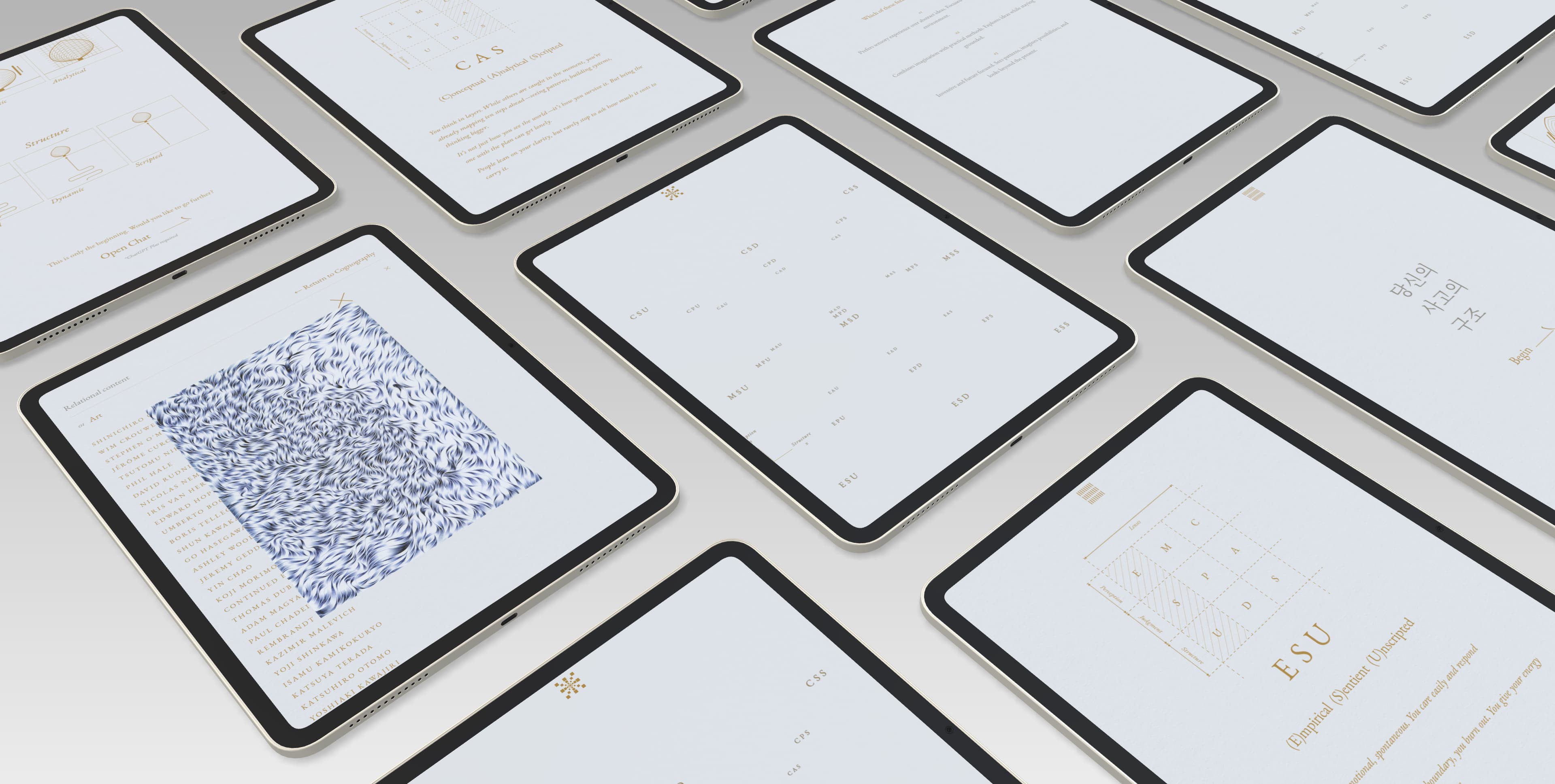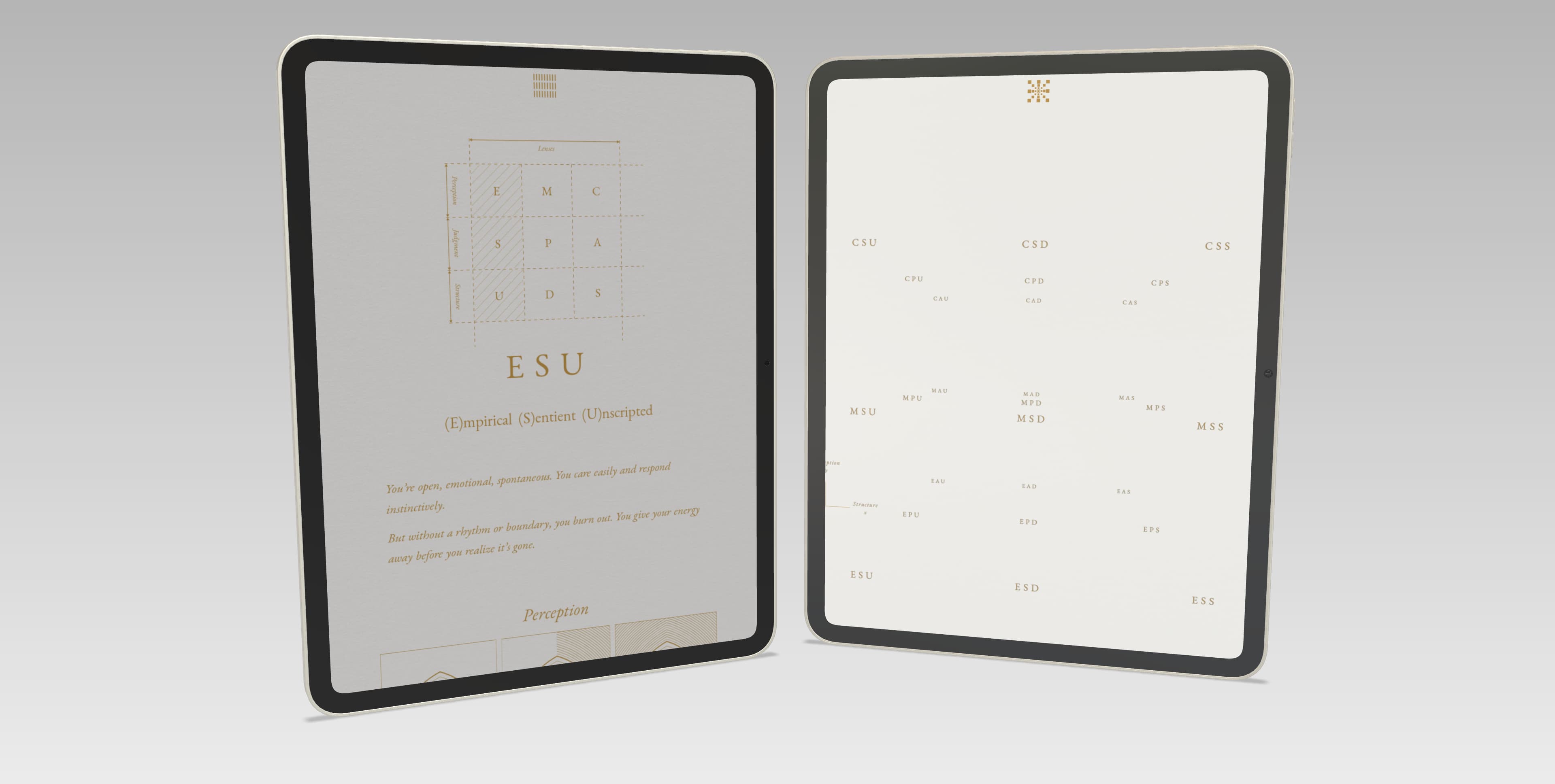Modern education teaches students to retain, not reflect. They memorize, comply, and forget—leaving school without knowing how they think, what drives
them, or where they’re headed.
They choose paths without foundations, invest time and money without clarity, and often enter careers that don’t align with who they are.
Only later—after pressure, debt, and disillusionment—do they begin to question the choices that shaped their lives.
The system never showed them how their mind works.
It never revealed their strengths, explained their blind spots, or helped them think critically from the inside out.
Cognography provides that foundation.
It starts with how you're architected—and reveals what truly motivates you: mastery, meaning, invention, money, order, independence.
- Discover your cognitive strengths
- Understand what drives you
- Learn how you perceive, decide, and build
- Stop following—start aligning


